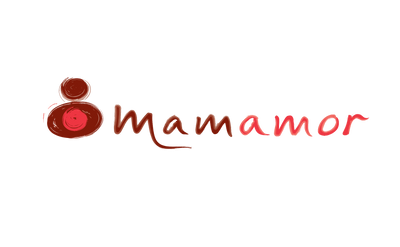
In the years before I became a mother, I barely gave a thought to toys. I remembered fondly the toys of my youth, but I never really spent any time considering the decisions that parents make when it comes to choosing their children’s playthings. However, that changed soon after having had my first child.
In the age of mass production, of companies placing profit before ethics and of children growing up with overwhelming choice, suddenly what I provided to play with really mattered to me. My eldest two children are boys and throughout their first year, we were inundated with loud beeping, flashing, singing plastic objects, many of which I couldn’t even figure out what they were supposed to do. It seemed that the nurturing connection and the value of toys were somehow missing and that the point of these toys seemed to be that they were cheap, eye-catching and their lifespans were fleeting. This worried me, I didn’t want my children to be part of another generation of consumers who place little value on both things and (even worse) on the lives of other human beings. I also wanted to avoid, as far as possible, contributing to landfill sites full of plastic, broken toys, that had long-since been abandoned for the “next big thing”. Most importantly, I wanted my children’s toys to foster connection and understanding, I wanted them to use play to learn about and develop their empathy and relationships with others, not to be moulded from birth into isolated beings, staring at screens and pressing buttons, the effect of this generation being the first to truly grow up plugged into screens is a worry to me and I often think about what the consequences may be in the future.
What I really wanted from a toy was for it to be tactile, open-ended, encourage creativity and for it to reflect real-life. Alongside this, I wanted to avoid contributing to child labour and other morally suspect business practices, I wanted longevity and for the product to be sustainable and made with natural materials. Over time I gathered a collection of toys that I believed fitted the bill; chunky wooden animals, a play kitchen, and building blocks dyed with safe, natural colours. We also started a small collection of soft-bodied dolls, babies that my children enjoyed carrying around and cuddling up with.
My discovery of MamAmor Dolls had me pouring over the website and yearning for one for my children (and in all honesty myself). At this time I was also training to be a childbirth educator and I was beginning to realise the importance of speaking openly to our children about birth, particularly if we were to change the birth conversation for future generations and make it an accessible and easy subject for our own daughters. The dolls ticked so many boxes for me. They are made by a small team of women who are known personally to Adriana, the creator of MamAmor. These are not mass-market, each one is handmade with love, using the finest quality materials, no hidden nasties or chemicals and no workers being exploited and paid a pittance or sleeping on workshop floors. On top of this, the dolls are representative of real women, there are no unattainable body shapes or sexualisation, they are resolutely dolls of women, of mothers. What’s more, the dolls are made in a variety of skin tones, unlike the majority of toys which represent only a small section of society. These dolls are truly inclusive.
The added bonus to MamAmor dolls is that they are absolutely beautiful and call out to be touched and picked up. They appeal to adults as well as children and I often have one sat at the centre of my women’s circles, representing the Mother in all of us. Many of the women I work with, find them irresistible and they have been the starting point for many wonderful conversations about childbirth, as they seem to open up the channels of communication through their easy handling and touch.
The dolls are investment pieces, ours have been played with daily for over two years, by three children and are still in perfect order. They have opened up conversations and allowed my children and me to process their births. They bring me joy and remind me of a piece of advice a friend’s parent once gave me. “In looking for a toy, ask not what the toy can do for the child, but what can the child do with the toy.”
Victoria Machin - UK




